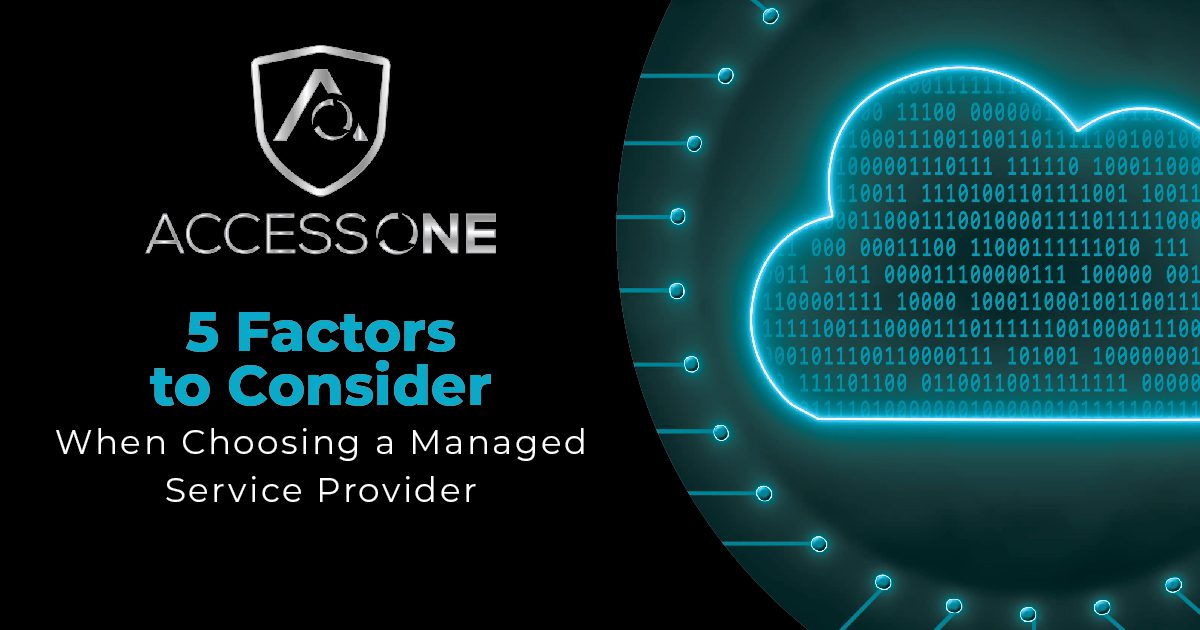The use of cloud technology continues to expand exponentially. With the rise of the Internet of Things, cloud computing has become the next big innovation that tech companies are rushing to adopt. Whether they are transitioning into a cloud-based infrastructure, deploying software, or backing up files, companies are increasingly seeking to benefit from cloud technology. Here are the basics of Cloud Computing 101.
What is Cloud Computing?
Cloud computing refers to the delivery of on-demand computing resources over a proprietary network or the Internet on a pay-for-use basis. It includes services such as storage devices, shared platforms, and software applications. Many data centers around the world house the hardware intrinsic to cloud services. This means that cloud computing uses the Internet instead of the computer’s hard drive to access remote servers and processors that perform intensive computer and storage tasks over the Internet.
Types of Cloud Computing
1. Infrastructure as a Service (IaaS)
In an IaaS model, a third- party service provider hosts infrastructure components like hardware, software, servers, and storage on behalf of its users. IaaS providers also conduct user applications such as system maintenance, desktop visualization, backup and resiliency planning. The scalable resources that IaaS has to offer make this type of cloud computing suitable for workloads and projects that are temporary, experimental or in flux.
2. Platform as a Service (PaaS)
PaaS is a computing platform that easily and quickly creates web applications without the complexity of buying and maintaining the software and infrastructure underneath it. It is a collaborative platform for software development, where services can be developed, tested, deployed, hosted and maintained in an integrated manner. PaaS includes tools such as billing, subscription management, project planning, user communication, and interfaces.
3. Software as a Service (SaaS)
With SaaS, a provider licenses an application to customers, providing web access to commercial software with Application Programming Interfaces (APIs). There are two ways to go about it:
- Through a service on demand subscription where customers “pay-as-you-go”.
- Customers receive no charge when there are opportunities to generate revenue from streams such as ads or user list sales. This option is becoming increasingly popular.
While Customer Relationship Management (CRM) is the most popular area for SaaS applications, e-mail, financial management, customer service and expense management have also received a boost from SaaS cloud computing.
Benefits of Cloud Computing
Businesses wishing to capitalize on software innovations are looking at the following advantages in cloud computing:
1. Scalability
Cloud computing not only provides storage, but also the facility to extend total storage capacity. On a global level, this availability of storage expands with increase in demand.
2. Efficiency and Reliability
As opposed to physical storage that can sustain damage, the cloud provides safe and secure storage for data. Since all the data is stored on a single shared interface, it can be accessed anytime and across all devices. There is no need to transfer or email data. The content is easily distributed with a ‘share’.
3. Flexible Payments and Reduced Costs
Users only pay for what they consume, something that is unique to cloud computing services. Infrastructure providers take on the burden of servicing the hardware and creating software updates. There are no costs involved in cloud maintenance for users.
4. Security levels
Public Cloud: Content is shared with more than one organization or user. Private Cloud: Resources and data is accessible only by a single user or organization. Hybrid Cloud: Contains both public and private cloud infrastructures, each performing a distinct function within the same organization. Cloud computing represents the dynamic nature of smart technology and digital sharing platforms. Businesses keen on gaining a competitive edge in the market are adopting technological innovations like cloud computing. Access One has the right cloud solution for you; contact us for more information.















